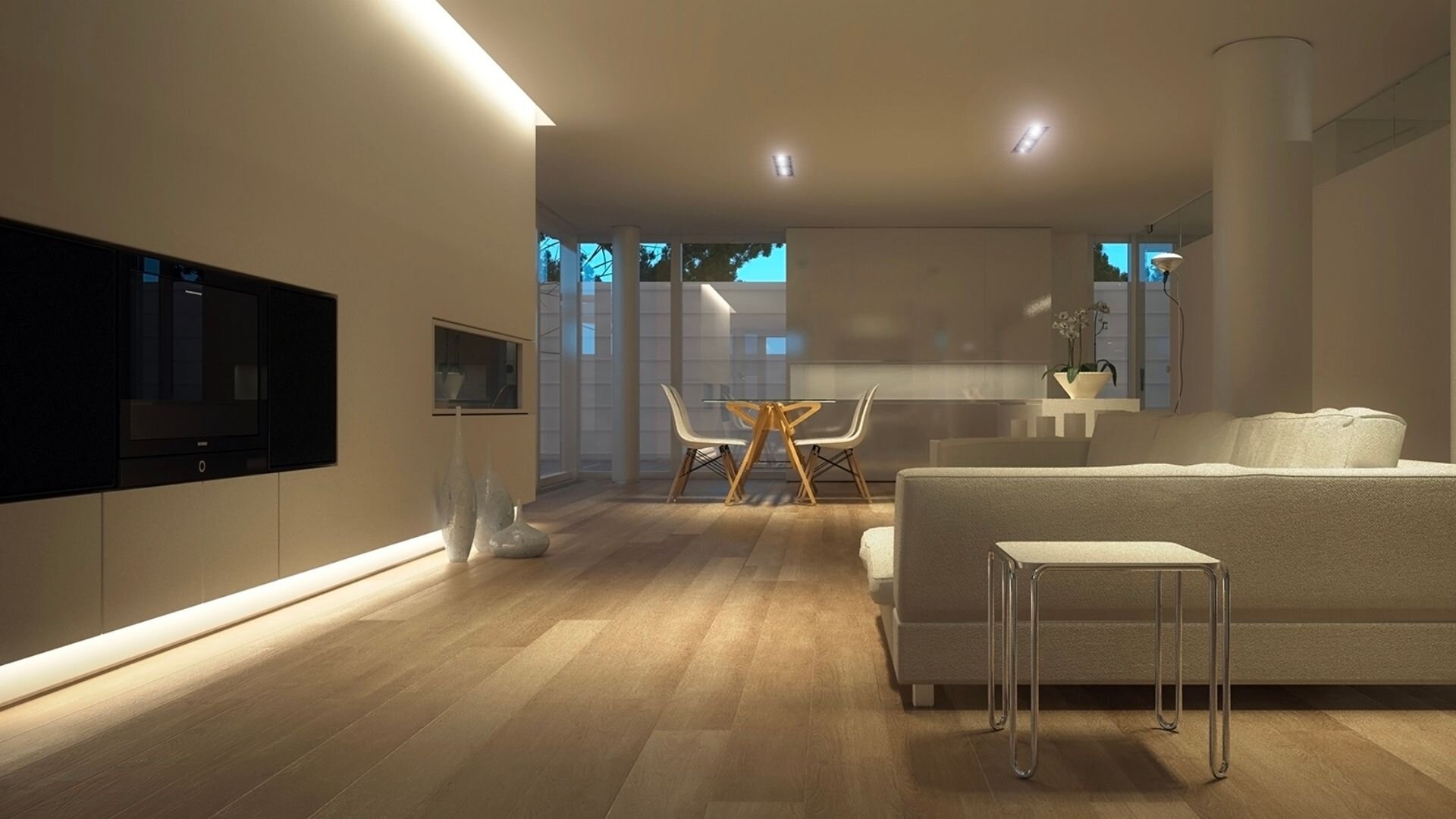
At Enersol, our lighting services help create the perfect illumination for any Gold Coast space. Illumination is fundamental to any space, setting the mood, enhancing functionality, and creating impactful visual experiences. Whether you’re an aspiring designer, a DIY enthusiast, or simply someone curious about optimising lighting at home or in commercial spaces, mastering the basic rules for LED light design is a vital step towards achieving the perfect ambience.
In this article, we’re diving into key principles, handy tips, and creative insights to help you make the most of LED lighting. Learn more about what are led downlights. Get ready to transform any space into a captivating masterpiece. Let’s explore the world of light and discover the essentials of creating stunning LED designs.
Understanding LED Lighting Principles
LED (Light Emitting Diode) lighting has revolutionised how we illuminate our spaces. Unlike traditional incandescent light bulbs, LEDs offer a more energy-efficient, longer-lasting, and versatile lighting solution. To make the most of this technology, it’s essential to grasp the fundamental principles that govern LED lighting.
Electroluminescence
At the core of LED lighting is the process of electroluminescence. When an electric current is passed through a semiconductor material, it releases energy in the form of photons, producing light—this direct electricity conversion to light sets LED bulbs apart from other lighting technologies.
Colour Mixing
LED light fixtures come in various colours, and understanding how colour mixing works is crucial for effective design. Unlike traditional methods that rely on filters, LEDs achieve different colours by combining red, green, and blue (RGB) diodes. Adjusting the intensity of each diode allows for a wide range of colours and dynamic lighting effects.
Colour Temperature
The colour temperature of LED lighting determines whether it appears warm or cool white light. Measured in Kelvin (K), lower temperatures around 2700K emit warm, yellowish light reminiscent of incandescent bulbs, while higher temperatures above 5000K emit cooler, bluish light akin to daylight.
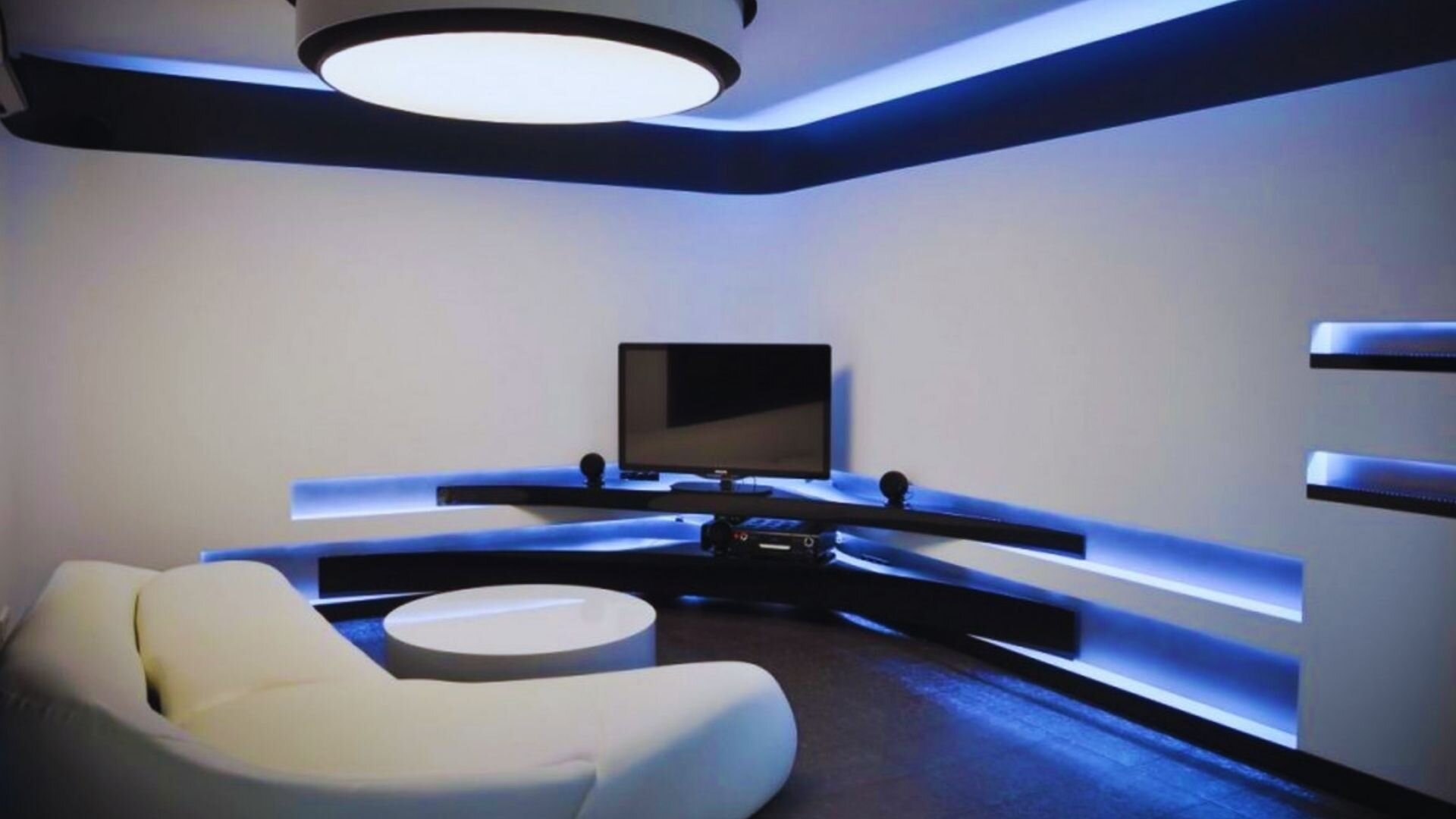
CRI (Colour Rendering Index)
CRI measures how accurately a light source reproduces colours compared to natural light. A higher CRI value indicates better colour rendering. LEDs typically have high CRI values, making them suitable for applications where colour accuracy is essential, such as art galleries or retail spaces.
Luminous Flux and Light Intensity
Luminous flux measures the total amount of light emitted by an LED source, while intensity gauges how that light is distributed in a specific direction. Understanding these values helps in selecting suitable LEDs for various lighting requirements.
Dimming and Control
One fantastic feature of LEDs is their ability to dim. This allows you to easily change lighting levels and create different moods. Depending on your LED setup, you can do this using techniques like pulse-width modulation (PWM) or analog dimming.
Heat Management
LEDs are sensitive to heat, which can affect their performance and lifespan. Proper heat management through heat sinks and efficient thermal design ensures optimal functioning and longevity of LED lighting systems.
Selecting the Right LED Fixtures
Choosing the right lighting fixtures is paramount for any LED setup. They enhance visual appeal, and the right fixtures ensure optimal lighting performance and energy efficiency. It’s essential first to identify the purpose of each space. Areas used for tasks like kitchens require brighter, more focused light, while softer, ambient lighting suits living rooms. Tailor your fixture selection to match the intended function.
There’s a vast array of LED fixtures out there—from recessed lights to pendants, track lights, and sconces. Each brings its own style and way of spreading light. Think about your room’s design and layout when picking the right fixtures. Remember, it’s all about lumens, not watts, so select fixtures that provide the right amount of light for your ceilings and space.
Beam angle also matters - wider beams spread light evenly while narrower beams highlight features. For example, a narrow beam accentuates artwork or moulding. LEDs are inherently efficient, but some models feature sensors or daylight harvesting for even more significant savings by adjusting light based on movement and natural light levels.
Fixtures should fit nicely into your space’s design, offering the right lighting while enhancing the look around them. Think about durability too—reputable brands often provide warranties for peace of mind. Also, make sure they’re placed for easy upkeep throughout their lifespan. By carefully choosing and integrating fixtures, LED lighting can beautifully and effectively light up any area.

Achieving Balanced Illumination
Achieving balanced illumination is the cornerstone of effective lighting design, and it involves striking the proper equilibrium between various light sources and their intensities. Properly balanced lighting enhances both functionality and aesthetics, creating a harmonious environment.
Start by layering different types of lighting—ambient, task, and accent—for various needs in your space. Ambient lighting is the base layer, setting the overall mood.
Task lighting zooms in on specific tasks, providing the brightness you need. Accent lighting highlights architectural features or decor, adding depth and interest.
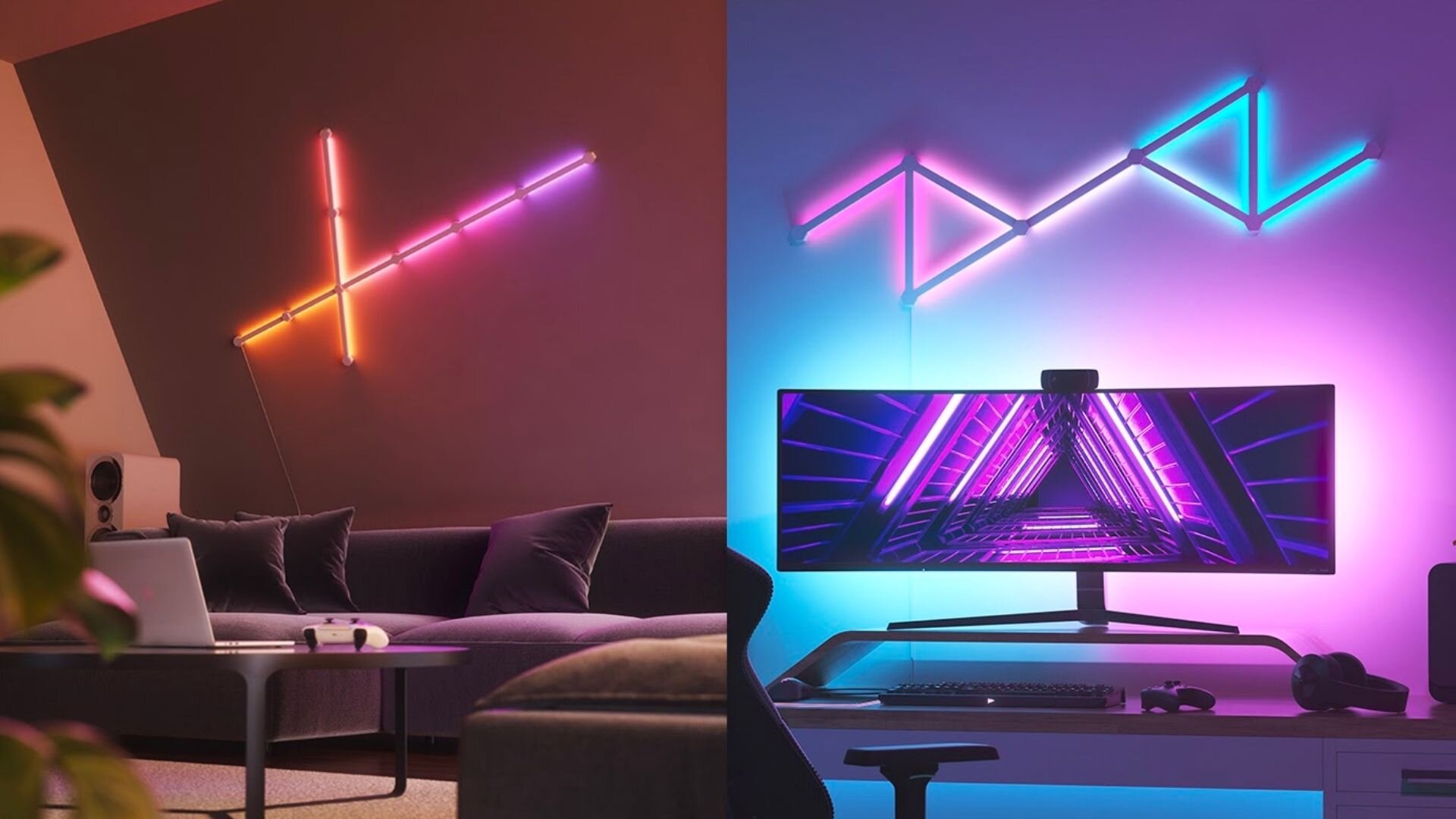
Please pay attention to the interplay of these layers and adjust their intensities accordingly. Dimmers are valuable tools for achieving flexible control over light levels.
Consider the colour temperature of the light sources; consistent colour temperatures maintain visual coherence. By thoughtfully orchestrating these elements, you can achieve a balanced illumination scheme that transforms any space into a captivating and functional haven of light.
Outdoor LED Lighting Considerations
Effective outdoor lighting requires careful planning to suit its purpose. Whether for a home, business, or public space, fixtures must complement the design while adequately highlighting architectural features, providing security, or guiding foot traffic, depending on the goal. Various options like sconces, bollards, floodlights or string lights can achieve different objectives when adequately placed and at appropriate brightness levels.
Energy efficiency and durability are critical factors for LED fixtures. High-efficiency options provide long-lasting performance as they consume significantly less power than other bulbs. Warmer lights generate ambience and an inviting atmosphere, while cooler tones enhance visibility and tasks. Ingress protection ratings ensure durability against weathering. Dimming controls offer flexibility, too, through adjustable light levels.
Placement also impacts the lighting effect. Downlighting illuminates pathways safely while uplighting accentuates landscapes and buildings. Careful aiming prevents light pollution and glare. These design elements preserve night skies and neighbourly relations when integrated thoughtfully. Compliance with local codes further ensures a considerate outdoor lighting scheme.
Proper installation by licensed electricians and maintenance over the system’s lifetime uphold safety and functionality. Cleaning fixtures routinely and replacing failed bulbs sustain the entire lighting arrangement’s quality and longevity for years of enhanced spaces. With diligent planning informed by purpose and environment, outdoor LED solutions can beautifully transform outdoor experiences.
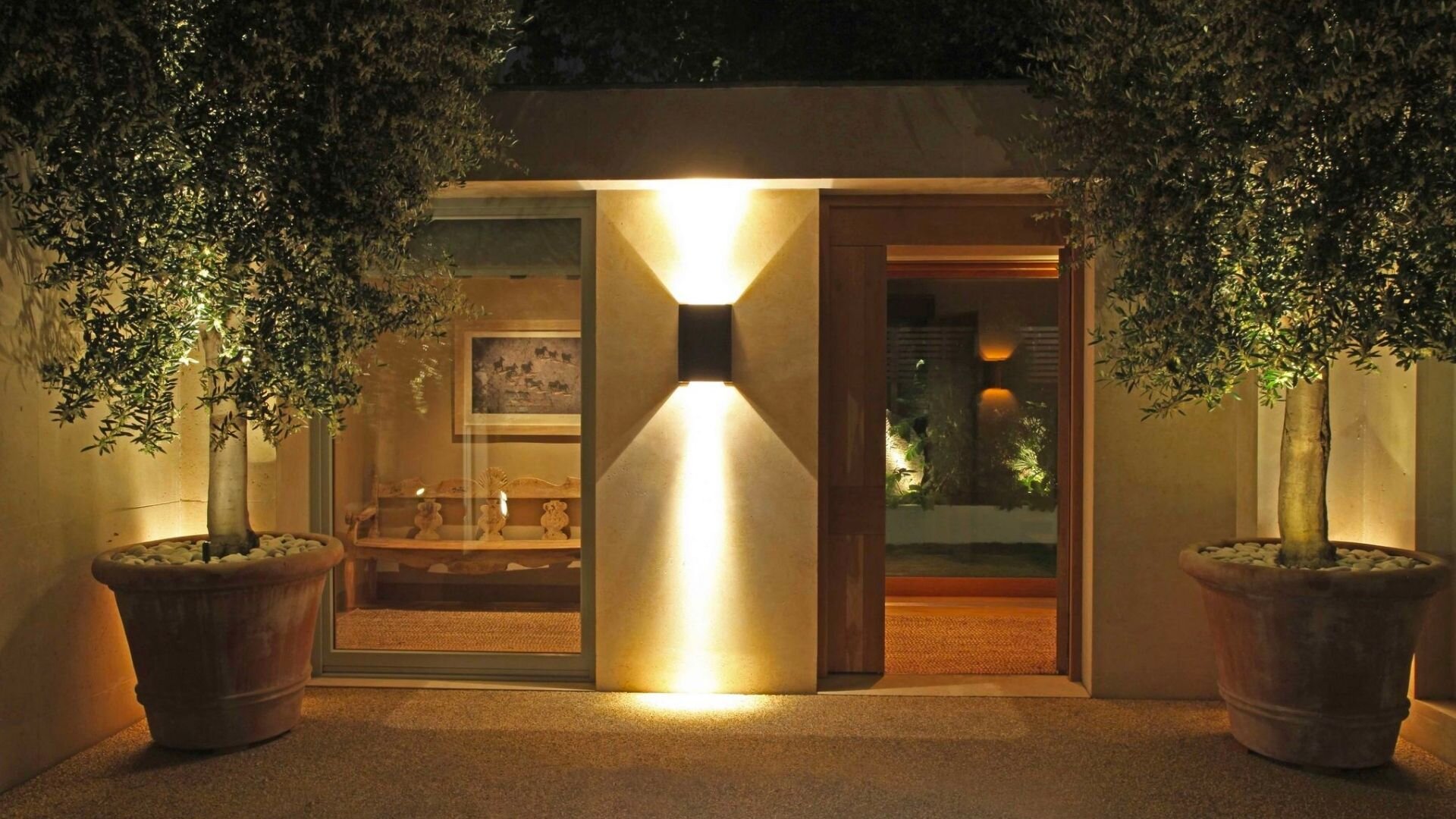
Creative Applications of LED Lights
LED (Light Emitting Diode) technology has revolutionised how we illuminate spaces and objects, offering an array of possibilities beyond traditional lighting. From artistic installations to practical innovations such as overhead lighting, the creative applications of LED light bulbs have captured the imagination of designers, artists, and engineers alike.
Here are some remarkable ways LED lights are being used creatively:
Art Installations: LED lights have become mediums for artists to express themselves. They can be integrated into sculptures, paintings, and interactive installations, creating captivating visual experiences. The ability to control colour, intensity, and patterns allows artists to craft dynamic and ever-changing art pieces.
Architectural Lighting: LED lights enhance the aesthetics of buildings and structures. Programmable LED facades can transform the appearance of a building at night, creating a mesmerising light show. The Sydney Opera House and the Burj Khalifa are famous examples of architectural lighting.
Wearable Technology: LEDs embedded in clothing, accessories, and costumes add an element of surprise and creativity. Fashion designers use LED lights to create glowing dresses, interactive garments, and futuristic accessories that catch the eye and push the boundaries of wearable tech.
Interactive Environments: LEDs enable the creation of interactive spaces. Floors, walls, and ceilings equipped with responsive LED panels react to movement, touch, or sound, immersing individuals in an ever-changing environment of light and colour.
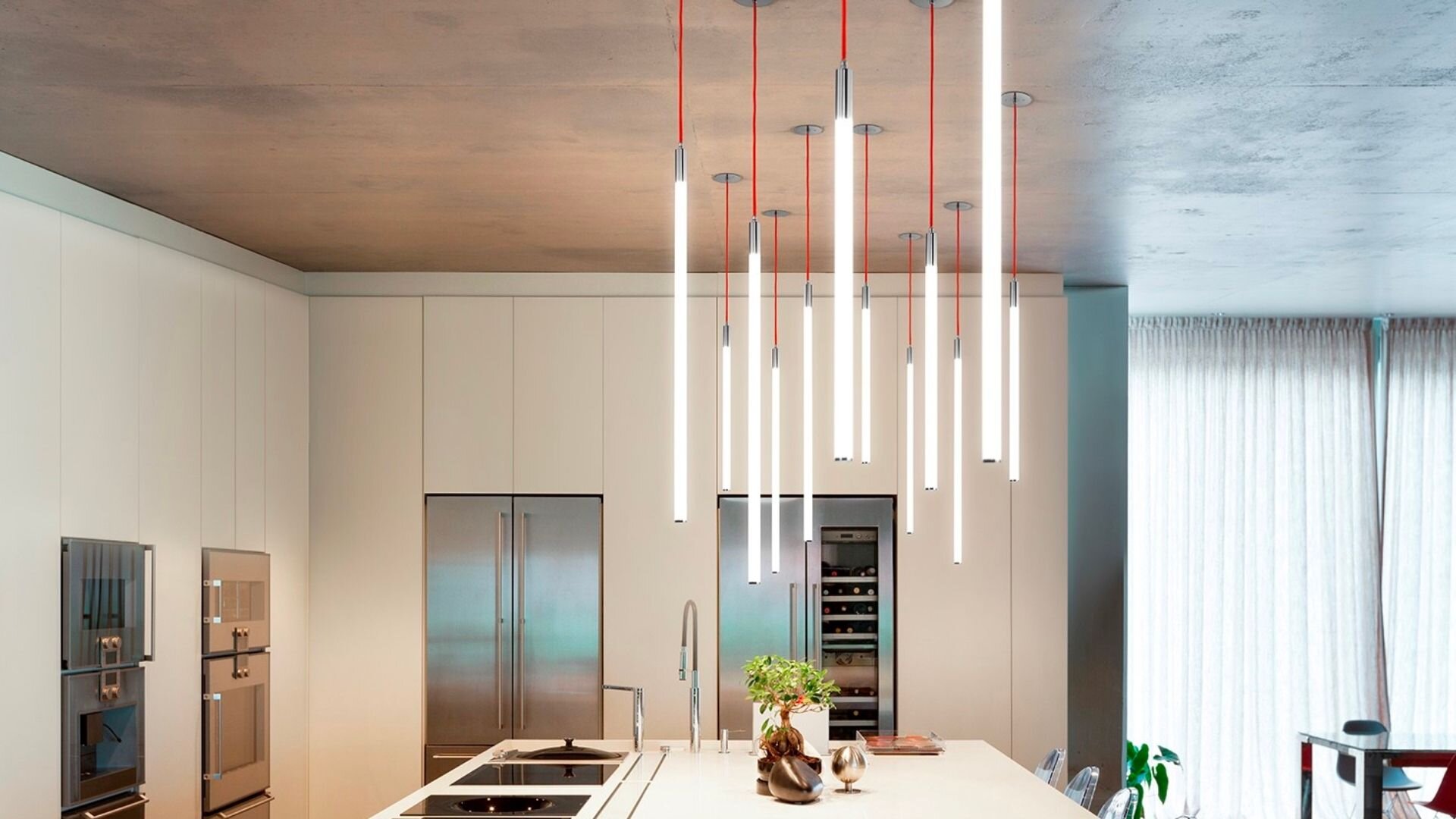
Light Painting: LED lights can be used to create stunning light paintings. By manipulating the lights while taking long-exposure photographs, photographers and artists produce intricate and ethereal images that capture the fluidity of light.
Entertainment and Events: Concerts, festivals, and live performances utilise LED technology to enhance the show’s visual impact. LED screens, light displays, and synchronised light sequences amplify the audience’s experience, creating an immersive atmosphere.
Retail Displays: Retailers use LEDs to create eye-catching and dynamic displays that attract customers. Programmable LED strips can change colours, patterns, and brightness, allowing retailers to adapt the ambience to different themes and products.
Automotive Lighting: LEDs have transformed automotive lighting with energy efficiency and versatility. Beyond headlights, LEDs are used for interior ambient lighting, brake lights, turn signals, and customisable taillights.
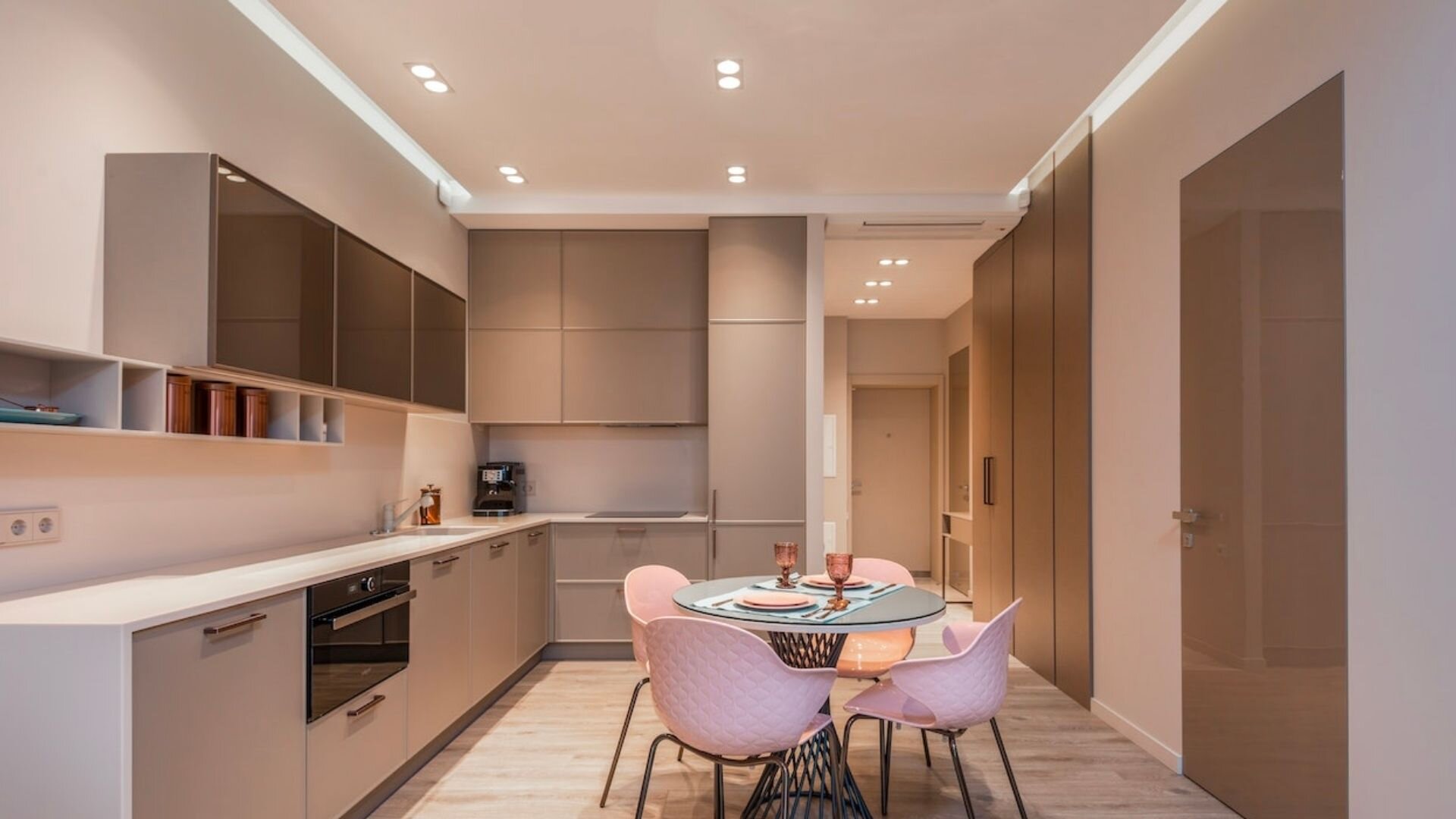
Gaming and Virtual Reality: LED lighting is integrated into gaming setups and virtual reality experiences to enhance immersion. LED strips that sync with in-game actions provide a more engaging and immersive gaming environment.
Glow-in-the-Dark Landscaping: LEDs can be buried beneath walkways, driveways, and landscaping to create subtle, glowing paths that guide the way in low-light conditions. This concept adds a magical touch to outdoor spaces.
Educational Tools: LEDs are used in educational settings to teach students about electronics, circuits, and light behaviour. Students can build simple LED circuits to understand the basics of electronics.
Medical and Therapeutic Use: LEDs are employed in therapeutic applications like light therapy. Different colours of light are used to stimulate specific responses in the body, aiding in mood enhancement, relaxation, and even wound healing.
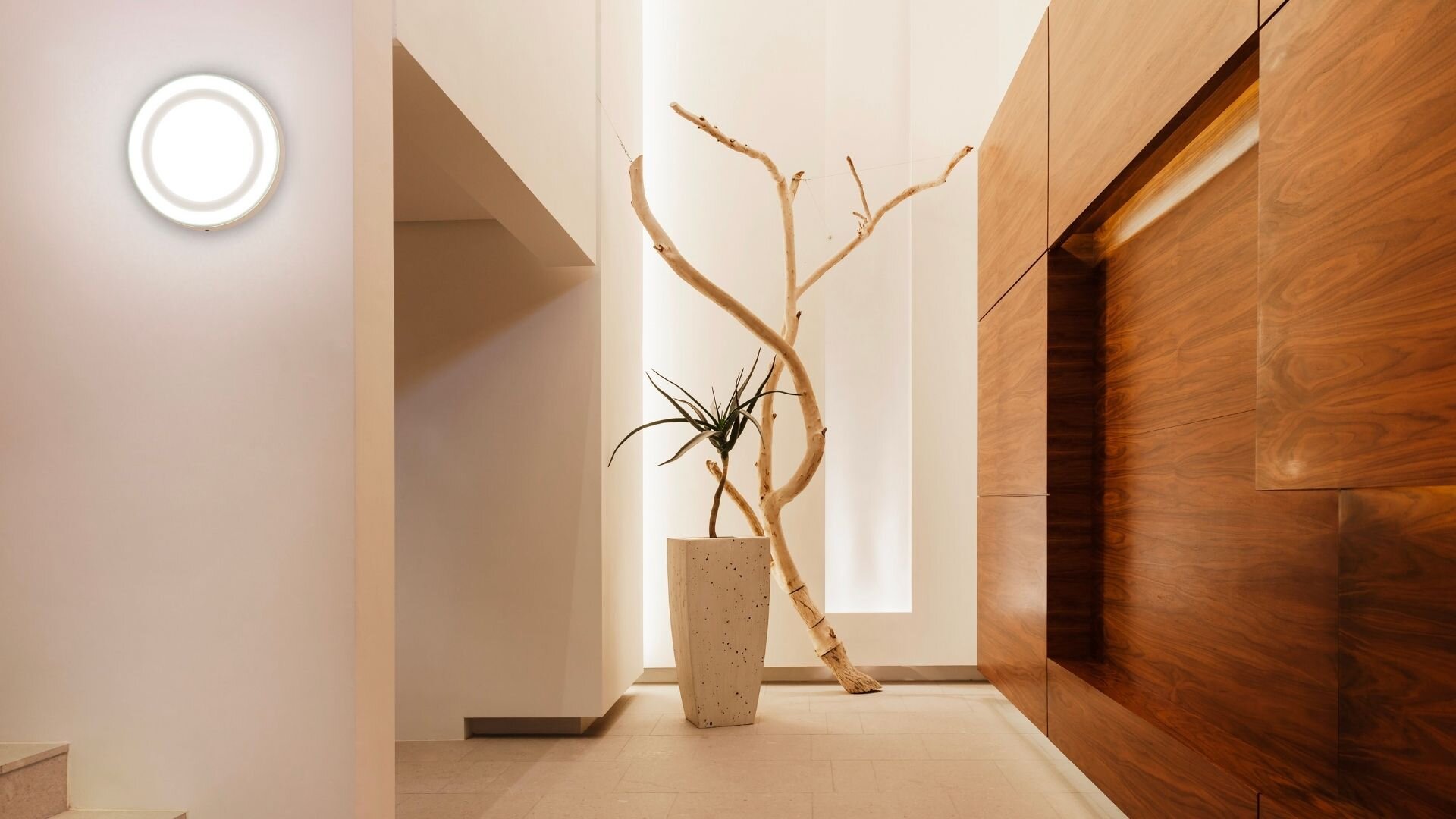
Mastering LED Light Design
As we conclude our exploration of the fundamental principles of LED light design, it’s clear that these guidelines serve as the cornerstone for creating visually stunning, energy-efficient, and functional lighting solutions. The interplay of purpose, fixture selection, colour temperature, and environmental considerations lays the groundwork for crafting illuminating experiences that cater to aesthetic and practical needs.
At Enersol Electrical, we specialise in translating these principles into reality. Our team of experts is dedicated to designing and implementing LED lighting solutions that seamlessly blend innovation, efficiency, and artistic flair.
Whether you want to revitalise your living space, enhance your outdoor areas, or optimise your business environment, we’re here to guide you through every step.
Illuminate your world with the power of LED lighting – contact us today to discuss your ideas, explore possibilities, and embark on a journey towards a brighter and more sustainable future.